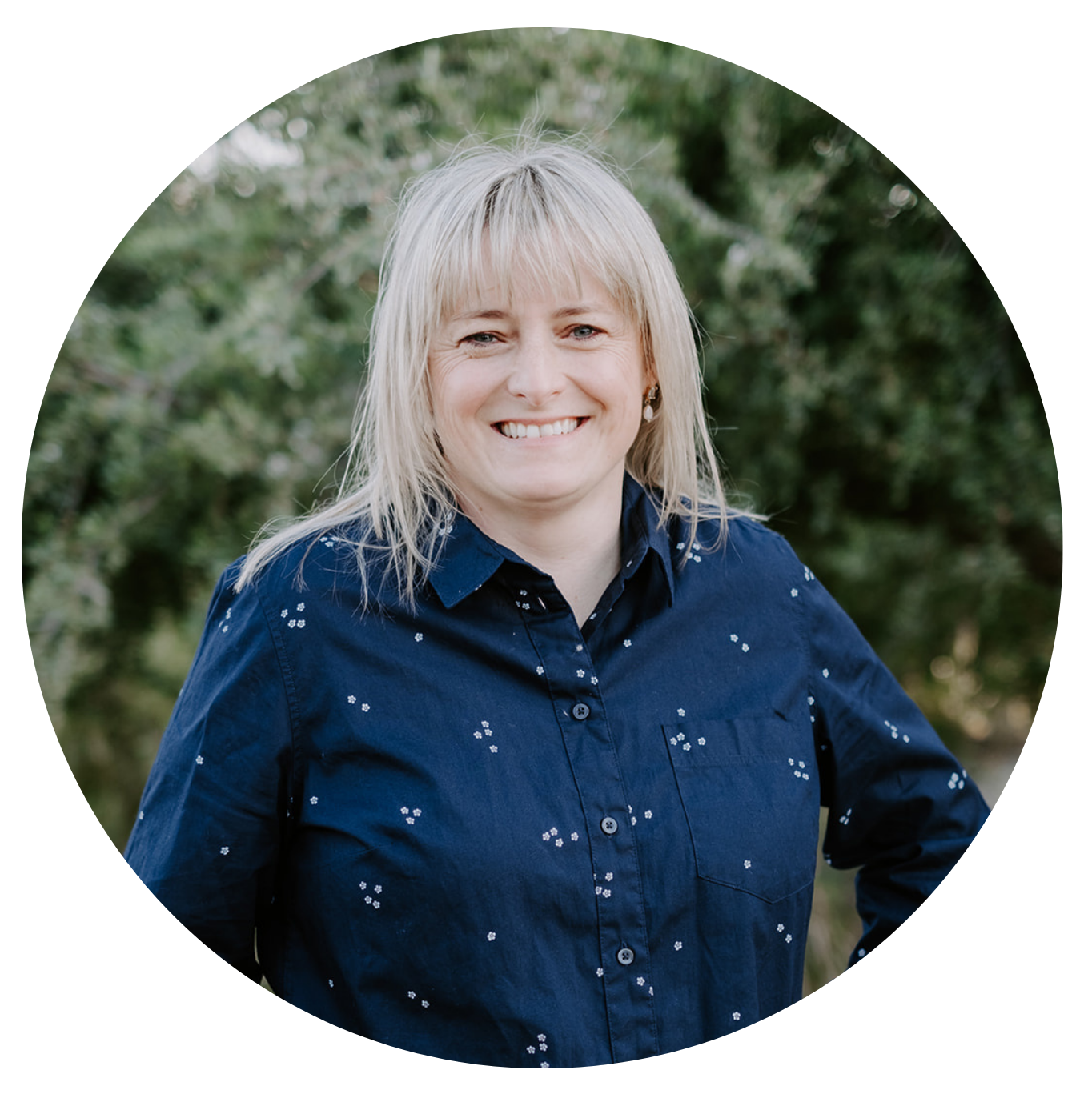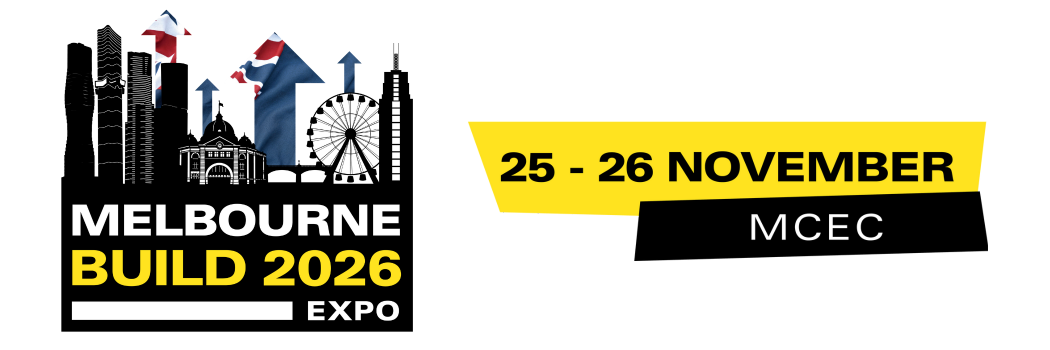Healthy Homes: Why Passive House is About So Much More Than Just Energy
)
A home should be more than just a roof over your head — it should be a place that supports your health, comfort, and wellbeing. But for many Australians, that’s not the experience they’re having.
Cold bedrooms. Draughty living rooms. Mould on the walls. Rising energy bills. Respiratory issues that never quite go away.
The reality is, many of our homes are failing us — in ways we can’t always see, but definitely feel.
And that’s where Passive House comes in.
While most people associate Passive House with energy efficiency (and rightly so), there’s a much deeper reason we believe in this building standard: because it has the power to create homes that are radically healthier.
What Is Passive House, Really?
At its core, Passive House — or Passivhaus, as it originated in Germany — is a voluntary building standard focused on comfort, health, durability and energy performance. But it’s not a product or a style. It’s a science-based method of designing and constructing buildings that perform consistently, day in and day out, regardless of the weather.
There are five key principles that underpin Passive House design:
- Continuous Insulation – to minimise heat loss and regulate temperature.
- Airtight Construction – to prevent drafts and energy leakage.
- High-Performance Windows and Doors – to maintain thermal comfort and prevent cold bridging.
- Mechanical Ventilation with Heat Recovery (MVHR) – to provide a constant supply of fresh, filtered air.
- Thermal Bridge-Free Design – to eliminate the weak points where heat escapes and condensation forms.
It’s a highly detailed, holistic way of building that prioritises the health of the people inside, not just compliance with the minimum standards outside.
The Hidden Danger in Our Homes: Mould
One of the most overlooked aspects of home health in Australia is mould. And we’re not just talking about a bit of mildew in the bathroom.
Mould is a symptom of moisture — often invisible, often ignored. But over time, it can do real damage: to buildings, to furniture, and most importantly, to our health.
Exposure to damp and mouldy environments is linked to:
- Persistent coughing
- Asthma flare-ups
- Respiratory infections
- Sinus irritation
- Allergic reactions
- Fatigue and brain fog
For children, older adults, and anyone with pre-existing conditions, the risks are even more severe.
Unfortunately, many Australian homes create the perfect conditions for mould to thrive: poorly insulated walls, leaky windows, fluctuating temperatures, and not enough ventilation. You might not see it right away — but you can often feel it. A musty smell. A damp chill in the air. That feeling when the sheets are always cold, no matter how high the heater is cranked.
It’s not just uncomfortable — it’s unsafe.
How Passive House Helps Prevent Mould
This is one of the reasons we’re so passionate about Passive House — because it tackles the root causes of mould head-on.
1. Airtightness and Insulation Work Together
In a Passive House, the building envelope is airtight and continuously insulated. That means indoor temperatures stay stable and surfaces (like walls, floors and windows) don’t get cold enough to allow condensation to form — which is how mould usually starts.
It also means no more draughts that bring in moist air during winter or humidity during summer. The result is a home that feels consistently comfortable — and stays dry where it matters most.
2. Ventilation That Actually Works
Every Passive House is fitted with a mechanical ventilation system (MVHR) that runs quietly in the background 24/7. It constantly brings in fresh, filtered air — and expels stale, moist air — without losing heat.
Unlike exhaust fans that only kick on when you flip a switch (and often don’t get used), this system works continuously to keep humidity levels in check. And because the incoming air is filtered, it removes outdoor pollutants, allergens, bushfire smoke, and pollen as well.
It’s not just good air. It’s healthy air.
3. Thermal Bridge-Free Design
Ever noticed how mould tends to appear in the same spots — corners, window frames, behind furniture? That’s usually because of cold spots caused by poor design and construction detailing.
Passive House eliminates these “thermal bridges” by ensuring that every connection in the building is considered and carefully designed. This level of attention to detail means fewer places for condensation to form — and far less opportunity for mould to grow.
My Story: Health, Asthma, and Moving Into a Passive House
I’ve lived with asthma my entire life. And for years, I had a persistent cough that just wouldn’t go away — no matter how many doctors I saw, or how many changes I made. It became part of the background noise of my daily life.
That changed when we moved into our Passive House.
Within months, the cough was gone. My asthma became something I rarely even thought about. The difference was almost immediate — and it’s something I’ll never stop being grateful for.
There’s something profoundly healing about living in a space where the air is fresh, the temperature is stable, and the environment isn’t working against your body. For me, it proved what I already suspected: that how we build directly affects how we feel.
Passive House Is for Everyone — Not Just the Privileged Few
There’s a common myth that Passive House is “elite” — that it’s only for those building custom homes with big budgets.
But here’s the truth: building anything well takes money. Poorly built homes aren’t necessarily cheap — they just shift the cost elsewhere. To your energy bills. To your health. To repairs, retrofits, and eventually replacement.
The additional cost of building to Passive House standards is often far less than people think — especially when factored over the life of the home. And the benefits? They're lifelong.
That’s why we believe so strongly that Passive House should not be reserved for the few. It should be the standard — especially in affordable housing, social housing, and multi-residential developments.
Everyone deserves a home that’s:
- Warm in winter
- Cool in summer
- Free from mould and damp
- Quiet, comfortable and safe
- Affordable to heat and cool
- Built to last for generations
And Passive House makes that possible.
So Why Aren’t We All Doing This Already?
Good question.
Part of the answer is habit — the Australian construction industry has been slow to evolve, and the minimum standards set by the National Construction Code (NCC) are just that: minimums. They don’t guarantee comfort, quality, or performance. They simply tick a box.
Another challenge is education. Builders, designers, developers, even policymakers — many simply haven’t been trained in how to deliver Passive House-level outcomes. But that’s changing. Training programs, certification pathways, and more accessible materials are becoming more common. The movement is growing.
And lastly, there’s culture. We’ve been conditioned to believe bigger is better, and that energy bills are just a fact of life. But it doesn’t have to be that way. We can build smarter. We can build better.
Healthy Homes Start With Better Standards
When we talk about "healthy homes," we’re not just talking about aesthetics or even lifestyle. We're talking about basic human rights — to live in a space that doesn't make you sick, stress you out, or send you broke.
We're talking about the future of our families. The resilience of our communities. The sustainability of our planet.
And Passive House is one of the clearest, most effective ways to get there.
It’s not about luxury. It’s about dignity.
What Can You Do?
Whether you’re a homeowner, a renter, a builder, a policymaker, or someone simply dreaming of a better future — there’s a role for you to play.
- Ask questions about how your home is performing — and how it could be better.
- Start small — even small improvements to insulation, airtightness and ventilation can make a difference.
- Seek out professionals who understand Passive House or building biology.
- Support policies that raise the bar for all housing, not just the high end.
- Talk to your neighbours, councils, MPs and builders. This needs to be a community-wide conversation.
Because change doesn't start with one big leap — it starts with small shifts, multiplied across thousands of homes.
Final Thoughts
At its heart, Passive House is about more than just meeting energy targets. It’s about creating homes that support the people who live in them — homes that are comfortable, safe, and built to last.
In a time where so many are struggling with the hidden impacts of poor housing — from health issues to financial stress — it’s clear we need to do things differently.
We have the tools. We have the knowledge. What we need now is the will to build better — not just for some, but for everyone.
Because when our homes are healthier, our lives are too.
About the Author
 Simone Schenkel is a certified Passivhaus designer with a passion for creating healthy, sustainable homes. Originally from Germany, she was shocked by how thermally uncomfortable Australian homes were when she moved here in 2007. Since completing her Passivhaus training in 2017, she has worked on many successful projects—including the Binowee Hemphaus, the first certified hempcrete Passivhaus in the southern hemisphere, and possibly the world.
Simone Schenkel is a certified Passivhaus designer with a passion for creating healthy, sustainable homes. Originally from Germany, she was shocked by how thermally uncomfortable Australian homes were when she moved here in 2007. Since completing her Passivhaus training in 2017, she has worked on many successful projects—including the Binowee Hemphaus, the first certified hempcrete Passivhaus in the southern hemisphere, and possibly the world.
Simone is now the Principal Designer at reimagined habitat, where she leads the design of homes that are affordable, healthy, and built for future generations. A regular speaker at events, webinars, and podcasts, she is driven by a clear mission: to make energy-efficient homes a staple in the Australian landscape.
She believes everyone deserves to live in a healthy, sustainable home, and is committed to designing spaces that are beautiful, high-performing, and don’t cost the earth. Simone looks forward to continuing to raise awareness and promote positive change across the industry.
Melbourne Build is the leading and largest construction trade show for Melbourne and Victoria, taking place October 22nd & 23rd 2025 at MCEC. Featuring two jam-packed days of knowledge-sharing, 450+ expert speakers across 12 conference stages, a 175+ booth exhibition, Meet the Buyers, business networking, live music, entertainment and so much more! Don’t miss out on free tickets.

